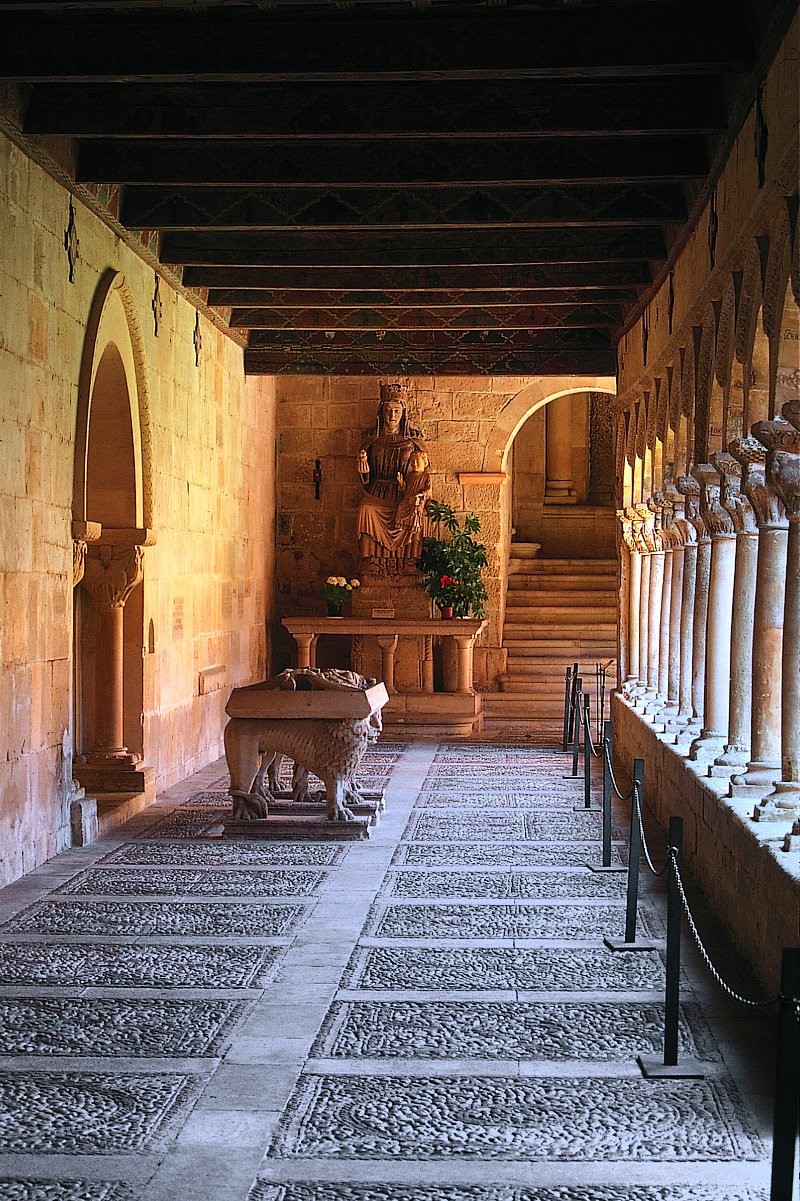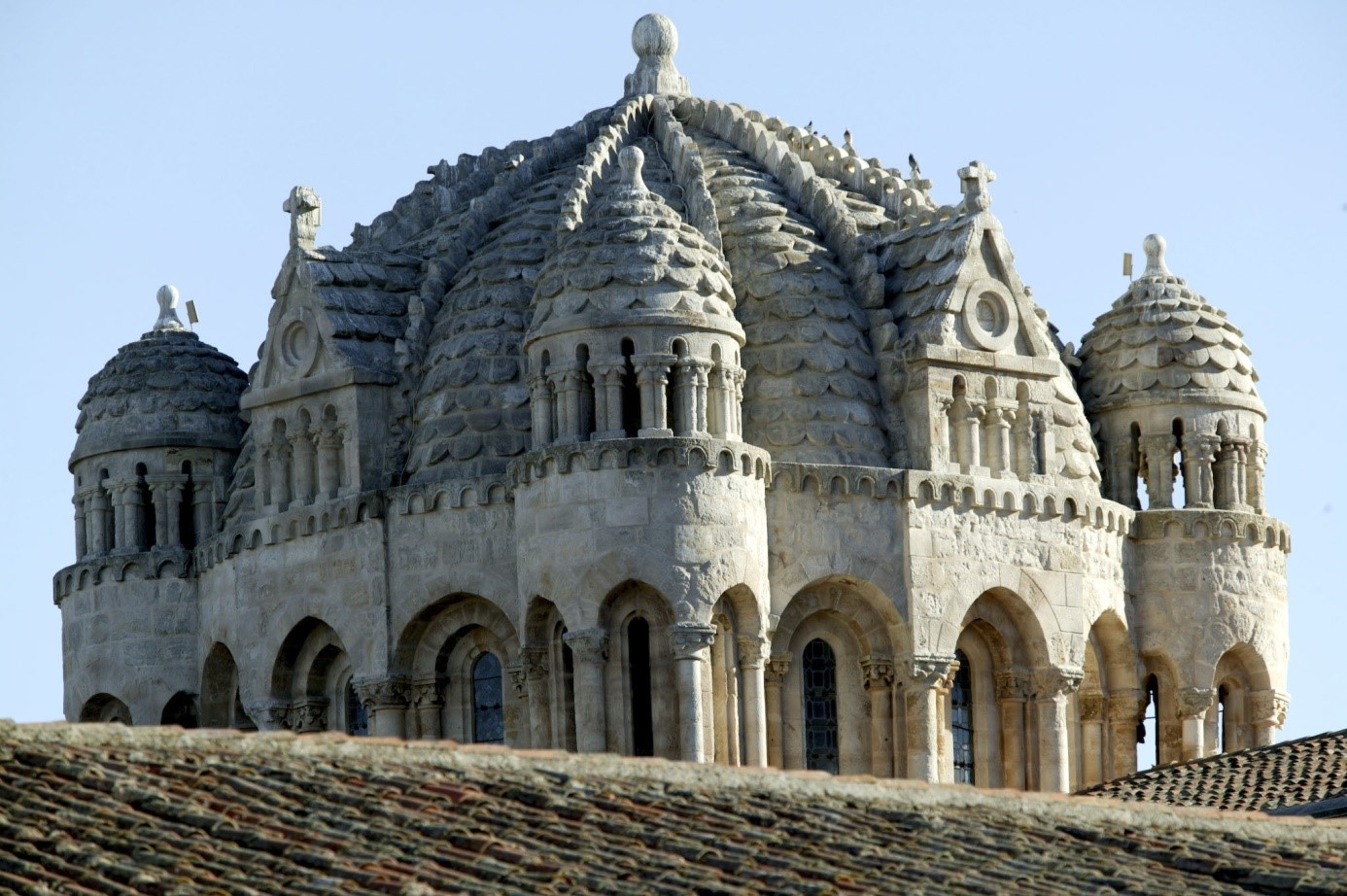Castile and León boasts to possessing over 2000 monuments approximately. The richness of its buildings is a direct result of the history of the territory, where the kingdoms of León and Castile reigned. Moreover, the pilgrimage route to Compostela helped to mold the area.
Kings, bishops, and monastic orders were in charge of commanding the construction of churches, monasteries, and cathedrals using this new artistic language, called Romanesque art, which was being “spoken” throughout Europe.
Monastery of Santo Domingo de Silos
The Monastery Santo Domingo de Silos is an icon of Spanish Romanesque art thanks to the architecture and, above all, the sculpture that is unfurled within.
The town of Santo Domingo de Silos has been directly linked to the history of the monastery since it was founded under its protection. The old magnificent Benedictine monastery is located in the valley of Tabladillo, where there is even evidence of prehistoric settlements and where, towards the end of the 9th century, monasticism reigned. Today it still conserves the old convent of San Francisco, a building from the 18th century, which was recently converted into an inn and centre of monastic studies.

Zamora
The city of Zamora is the Spanish capital of Romanesque thanks to its large number of well-preserved Romanesque buildings.
The great majority are churches, twenty two. The dome of the cathedral, decorated in its exterior as a scales, characterizes the building and serves as a symbol of the Romanesque together with the rosette of the Church of San Juan. The proximity between the monuments and the pedestrianization of the monumental part of the city, make it very comfortable and enjoyable to visit.


